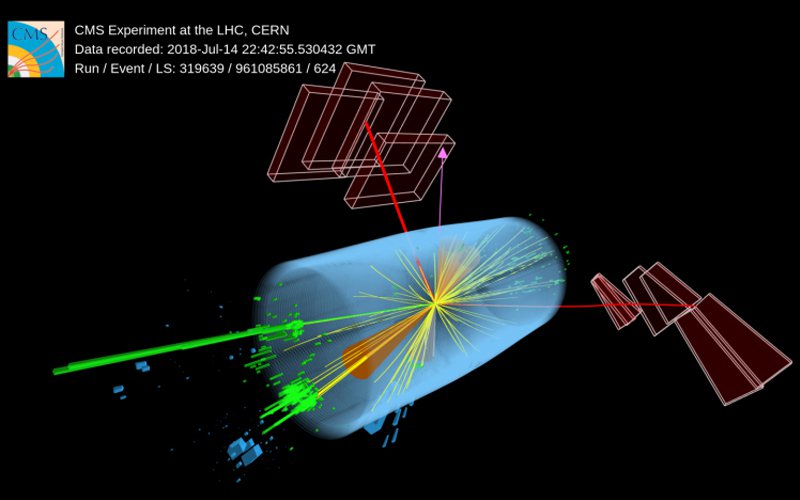Particle physics and Nuclear Physics

The nature of the Universe and its composition are fundamental questions addressed by Particle Physics and Nuclear Physics. These fields endeavor to provide answers ranging from the smallest scale to how interactions at this level influence the entire structure of the matter surrounding us and of which we are composed.
In Nuclear Physics, we study the nuclei of atoms - protons and neutrons - as well as the interactions between them that keep them bound together. We inquire about the structure of matter and other possible forms of organization for nuclear matter, as well as how matter forms at the heart of stars.
Particle Physics, on the other hand, delves into the elementary constituents of matter and the interactions between them. Also known as "High-Energy Physics," Particle Physics requires attaining very high energies, as available in particle collisions in particle accelerators, to observe subatomic particles.
Research in the field of "Particle Physics and Nuclear Physics" spans from theoretical investigations, where models are developed and predictions made, to experimental research conducted in large international collaborations. Experimental work takes place in facilities located kilometers underground or in orbit around the Earth. Applications of this field range from nuclear energy production to healthcare.
The professors and researchers in this area at the Department of Physics belong to one of the research units associated with the department: LIP, CFTP, C2TN, and a small portion to the theoretical group at CeFEMA.
Experimental activities and the development of associated technologies in Particle Physics, Astroparticles, and Nuclear Physics are conducted at LIP, which serves as the main gateway to experiments at CERN such as ATLAS and CMS at the LHC, the Pierre Auger Observatory in Argentina, SNOLAB in Canada, SURF in South Dakota, USA, among others. Application activities, including those related to health and space exploration, carried out through participation in projects of the European Space Agency, are also developed at LIP and C2TN. LIP also hosts research areas in high-energy and high-density matter phenomenology and nuclear physics.
At CFTP, the Center for Theoretical Particle Physics, topics such as Higgs physics, neutrino physics, and dark matter are explored in a highly internationalized environment, with CERN playing a major role as a privileged site for the exchange of ideas.
Doctoral research can be integrated into doctoral networks such as the international IDPASC network (idpasc.lip.pt) or through applications to doctoral programs like PT-CERN, which covers high-energy physics and associated technological applications relevant to Portuguese participation in CERN, and ProtoTera, dedicated to applications for cancer therapy with charged particles.
Research Units:
Center for Nuclear Sciences and Technologies (C2TN)
Center for Theoretical Particle Physics (CFTP)
Laboratory for Instrumentation and Experimental Particle Physics (LIP)
Contact:
infofpfn[at]fisica.tecnico.ulisboa.pt